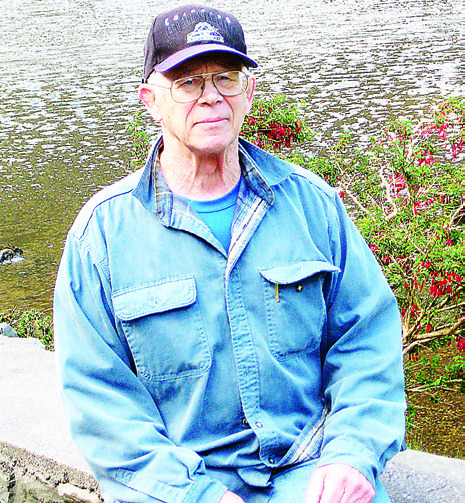With the weather warming up and the spring and summer race schedules filling up fast, any group that is planning on hosting a run needs to start organizing their race. I was looking over the race director’s guide I made many years ago. It definitely needs some updating. I haven’t been to a race in recent years that uses the “card and bucket system” for determining awards to age group runners. And tearing off the bottom of the bib number and putting it on a wire in order to go back over the tags and determine winners. I think we put on two or three “age graded races” where you had to have a special calculator and a booklet with the world records for distances and age groups. You recorded the runners finish time and then with formula determine how close the runner came to the world record. The winner might have finished in fifth place but if the age group and their time was closest to the world record, they were the winner. Using a name tag that you see at conventions and a plywood or Masonite board with numbered squares up to 200 was a fun method we used a few times. When the runner crossed the finish line, they were handed a tongue depressor stick with their finish place on it. The runner would take the stick to the registration table and the volunteer would take their name tag out and attach it to the stick. Then a volunteer would take it to the numbered board and stick it on the number they finished. It was good because runners could look at the board and determine if they placed and what finish they were at overall. It lasted about three races. In the early days of chip timing the runner was given a chi’ to tie to their shoe that would record their finish time. Race organizers needed several volunteers to be at the finish line to take the chip off the runner’s shoes. Some runners had knots that defied untying a shoe lace to retrieve that chip. And organizers were charged for every missing chip. Now the chip is attached to the bib and is disposable, so it makes it easy to record finish times and place. Modern technology makes a race director’s job much easier.
The one part of putting on a race that has not changed is the need for volunteers to help on the day of the race. I have put on a race where I had two volunteers and had to recruit friends and family members of the runner to help out. The one good thing is that some of the jobs are at different times during the race. Registration people can help at the awards table or the refreshment table or at the finish line. A sample of a registration volunteer work could be: One or two persons handle the tee shirt for day of race runners; another volunteer works the pre-race registered runners; one person is monitoring the runners that need to fill out an entry form for the race; one volunteer should handle the money and entry fees for the race, and one more person needs to check the entry form and hand it to another person to take it to the chip timing person to record in the computer.
Then you need to organize the aid station volunteers out on the course and make sure they have coolers with water and cups and trash cans for discarded cups. And they will need tables to put the coolers and cups on. Remind the volunteers to not go out on the course to hand a cup to a runner. The collision really upsets other runners. If the aid station volunteer has a pickup that helps with transporting everything out on the course. Then a volunteer needs to take the direction of people to their location and make sure they know the direction to direct the runner. I entered a 10K race that was 8 miles long because of a wrong direction from the volunteer.
Some volunteers need to arrive a good hour or more to help set up the race. Registration tables need to be set up. Refreshment tables need to be put up and oranges need to be cut into quarters and bananas need to be taken apart. Volunteers need to take the mile markers and direction arrows out on the course. Even a short 5K race takes about 30 minutes minimum to put mile markers and direction arrows in place. It was over an hour to set everything up for our half marathon.
And while the race is going on volunteers need to arrange the awards in place and age group so when the person handing out awards doesn’t need to look for the award. It takes three people for this. One to find the award, one to hand it to a person who will give it to the person announcing the winners.
This is critical as some age groups may not have all places for the awards. Volunteers make a race work.

Moe Johnson Running with Moe







